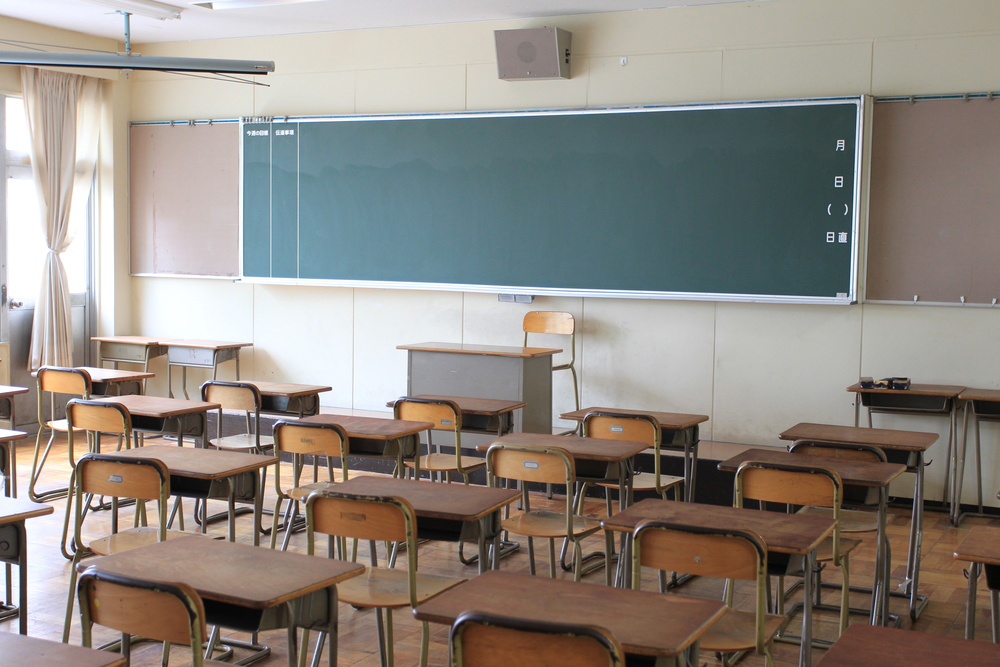
The Covid-19 pandemic has reshaped lives in several ways. Businesses had to close down physically and switch all operations online. Remote working became the norm, and even the traditional methods of teaching shifted online. With these drastic changes, it was difficult for society to keep up, but we slowly adjusted. However, online learning was a big challenge for many schools.
Preparing lectures and dispatching them on the right platform wasn’t an easy task. In response to the significant demand, many online platforms allowed free access to their services.
However, the pandemic disrupted the education system at large. But at the same time, it also exposed the deep flaws in traditional brick-and-mortar education, such as rote learning instead of focusing on critical thinking. So the question arises, could moving online be the solution for a better and lucrative education system? Here’s what the rise of online learning means for education:
Benefits of Learning Online
There are many reasons why online learning seems to be more effective than traditional schools, and here’s how:
- Added Flexibility. Students have the opportunity to learn courses with flexibility. They can study for an online graduate certificate in a short time instead of spending a tremendous amount of time in school. Flexible learning options allow students to pick their timeline and schedule and study at a pace more suitable for their needs. In some cases, students who had part-time jobs found it easier to work and study simultaneously. This added flexibility has made schools far more enjoyable and engaging and even helped students relax and focus steadily on their coursework.
- Different Platforms. Students could use resources such as Coursera to start a new degree. Zoom for video conference and learning and even YouTube with pre-recorded lectures. These platforms are available on both laptops and mobile phones.
- Better Time Management. It became more accessible for students to be more proactive as they were studying at their pace without any restrictions. Students received emails and assignments with deadlines, allowing them to plan and complete projects. It also allowed students to search for options for their majors and decide what educational path is most suitable for them by comparing the duration of time between each degree.
- A Global Perspective. Students who enrolled in online programs got to access resources and programs from around the world. It allowed them to engage in cross-cultural understanding and invite discussion on various topics. It also allowed them to have a healthier and more inclusive educational environment to thrive innovation within classrooms. It has also allowed students to learn about different issues through the personal experiences of other fellow students instead of depending on the internet for information.
- Technical Skills. Students had to learn the utilization of digital resources for their coursework. They had to familiarize themselves with new tools and software and deal with any troubleshoot errors that came their way. As the world has become more digital, these skills are lucrative to know. It will also greatly benefit students once they graduate and look for jobs.
The Challenges of Online Learning
Although learning online proved to be much more fruitful than conventional schooling, there will still be some challenges that need addressing. There are some schools and students with poor internet connections and a lack of reliable Wi-Fi. As a result, these students cannot access their lectures or educational resources.
There was also a noticeable gap between privileged and unprivileged students, especially regarding the accessibility of resources. Meanwhile, privileged students found it easier to purchase digital resources and use them for their education. Most underprivileged students didn’t even have access to technological devices such as smartphones and laptops.
So, they were dependent on school-provided resources. This disparity in the way students got their education exposed the cracks in online learning. Some students don’t have privacy and an unsettled domestic environment that keeps them from learning. It also doesn’t help libraries and public spaces be unavailable during the pandemic for such students to use.
What Does This Mean For The Future Of Learning?
There is a range of conflicting arguments about online learning. Some people view it as an unplanned and rapid movement that is more haphazard than structured, given the lack of training, bandwidth, and preparation. As a result, education will suffer greatly, and an online learning platform is not sustainable. However, on the other hand, some people urge that an online platform is the best way forward for learning. They believe that technology will accelerate learning and help students correlate technology with knowledge. Some people also enjoy how convenient and accessible technology has made education, including choosing to go back to school and studying for associate degrees and diplomas in a shorter time. Students have also found it easier to communicate, interact, and learn outside of a classroom environment, making education easier.
In conclusion, technology will become a part of education. Remote learning and working are now the norms, and schools will leverage online platforms and traditional schooling methods. It is safe to assume that hybrid learning models are becoming favorable, and schools may completely shift their business models in that direction.
Wrap Up
Online learning platforms have brought about many benefits. Students could access a range of resources making their routines far more flexible to manage their time and study. Students picked up on technical skills and got sharper with their critical thinking skills. It has allowed students to develop a more global perspective which breeds tolerance.
However, with numerous benefits, there are also other challenges. Not every student can access online learning platforms due to poor internet or lack of similar facilities. Unless the government can remedy this, education will lag. However, the future of instruction after the pandemic seems to be shifting towards a hybrid model.













